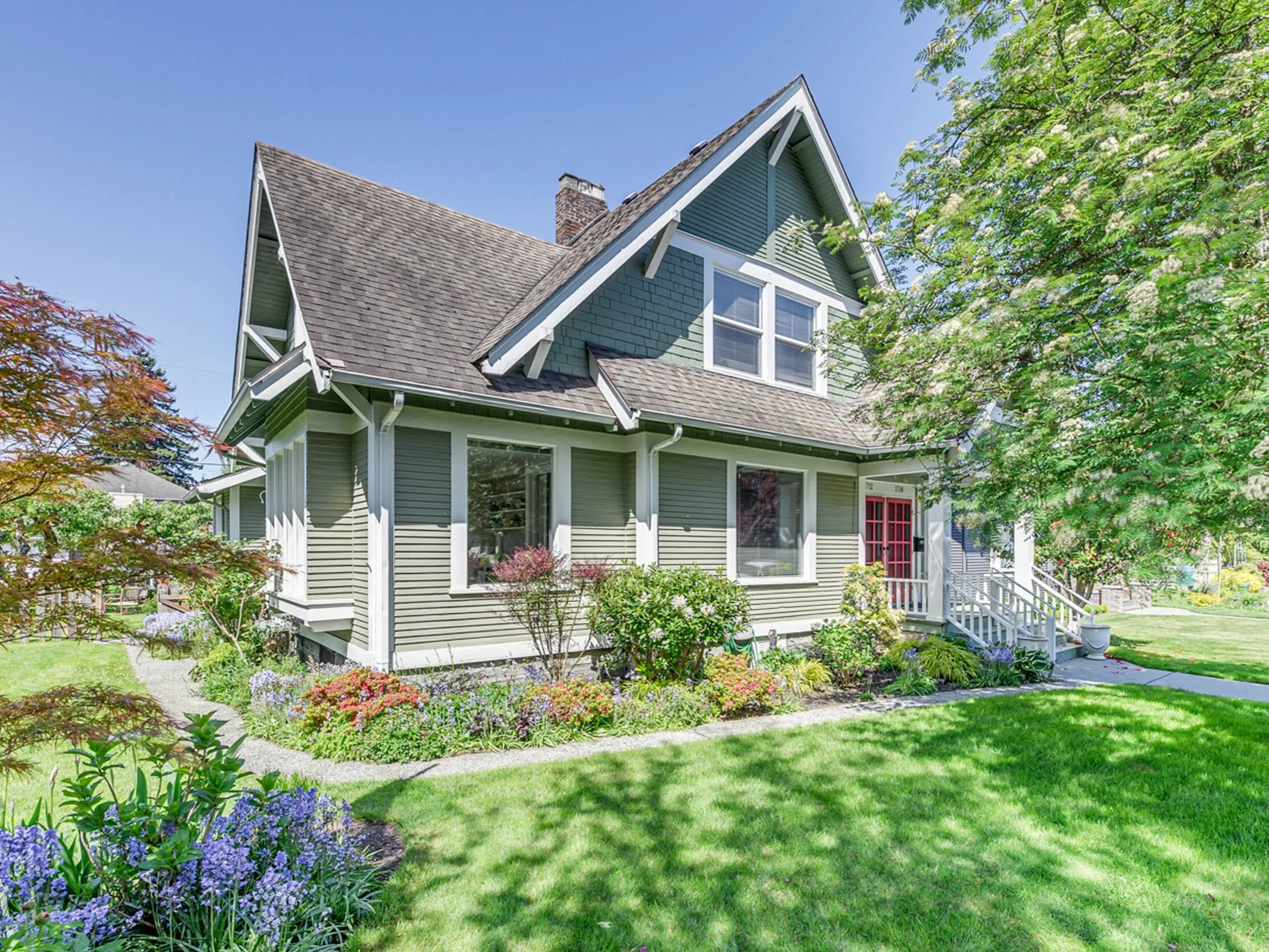Everett Archives: The Rise and Fall of the Theaters
It sounds obvious when you say it out loud, but there was a time not so long ago when there was neither Netflix, nor movies, nor television. Not even radio.
Can you imagine?
Back in the day, if you, the average person, wanted entertainment, well, maybe you’d play an instrument or go to a community gathering.
But, likely, you’d go to the theatre. Even in Everett, a hardscrabble mill town on the edge of the American wilderness, there was a demand for the pleasures of the stage.
Everett Theatre concession stand // Northwest History Room archives
From workingman, Riverside kicks to opera houses
In the pioneer days, when the city was just getting established at Swalwell’s Landing on the Snohomish River, theatres began to pop up. Many of them were popular “box houses” of ill repute, filled with bawdy songs and strong drink. This was the Riverside vibe in the frontier town: a man’s man world where investors hoped to turn railroad speculation into overnight fortunes.
Soon the early settlers of Everett -- logging men and millworkers -- gained wives and children and with a diversified population, a more cultured element came to town.
The Everett Theatre and talkies
When it was built in 1901 the Everett Theatre was the largest theatre in operation west of the Mississippi. It could hold over half of the population in Everett in the three tiers of seating that filled the auditorium. The theatre hosted touring actors (many of whom went on to work in motion pictures -- a young Judy Garland, monster movie man Lon Chaney, and director Cecil B. DeMille to name a few).
With the advent of motion pictures, movie houses began to spring up around the city. There were so many theatres (showing first silent films, then “talkies”) that the owners of these theatres began strong competition for moviegoers’ ticket money.
One particularly strong rivalry was struck between theatres that occupied opposite sides of Colby: the Roxy and the Everett Theatre. Colby Avenue was the main strip for weekend recreation. “Cruising Colby” brought teenagers in cars by the droves to the downtown. The Roxy and the Everett had a battle of marquees to see which side could lure in more entertainment money!
Everett Theatre marquee 1975 // Northwest History Room archives
The photos from the era are pretty incredible by the standards of this researcher. Some Everett theatres featured Art Deco facades, plushly carpeted interiors, refrigerated concessions stands, ushers and usherettes in full uniform. This was the pinnacle of motion pictures as entertainment in twentieth century American life.
Some of the theaters included the Fox Balboa, the Rose Theatre, The Apollo, The Granada, and The Orpheum.
Drive-ins, the multiplex and beyond
Then the movie industry, and Everett’s downtown, both underwent some drastic changes. Car culture and the teenage expendable dollar begat the drive-in theatre, like Everett Motor Movie, and the Sky Drive-In at 34th and Pine Street.
The brick-and-mortar theatres downtown tried to catch the attention of moviegoers. In the 1950s, the Everett Theatre installed a brand-new marquee, complete with neon, and underwent a full remodel. But its days were numbered.
Stage Employees union, Local 180, on theater stage. 1911 // Northwest History Room archives
The local economy, already faltering with mill closures, shifted away from the downtown core to South Everett, In February 1974 the Everett Mall’s theatre opened. It was Snohomish County’s first mall multiplex installation. The movie house simultaneously showed The Sting, Serpico, and American Graffiti to wowed audiences.
One by one the big theatres of downtown Everett closed their doors. Almost none of them revived (the exception is the Historic Everett Theatre, which is now a venue for musical acts. It’s also allegedly one of the most haunted places in the city, but that’s another story).
Here, in the post-pandemic present, I’d wager that streaming devices and the infinite scrolling feeds of social media will never replace the need for community connection. Not to mention that brick-and-mortar theatres have the undeniable advantage of buttery popcorn buckets and jumbo-sized basins of soda pop.
As long as human beings are social creatures, theatres will always be a part of who we are in Everett.
Note: I’m indebted to David Dilgard’s excellent book “Mill Town Footlights”, published by the Everett Public Library in 2001, which was a major source of information for this article.
Thanks for reading! Don't forget to subscribe to our monthly newsletter to stay up to date with community news and real estate tips.
You can head back to the main Lamoureux Real Estate website here.






